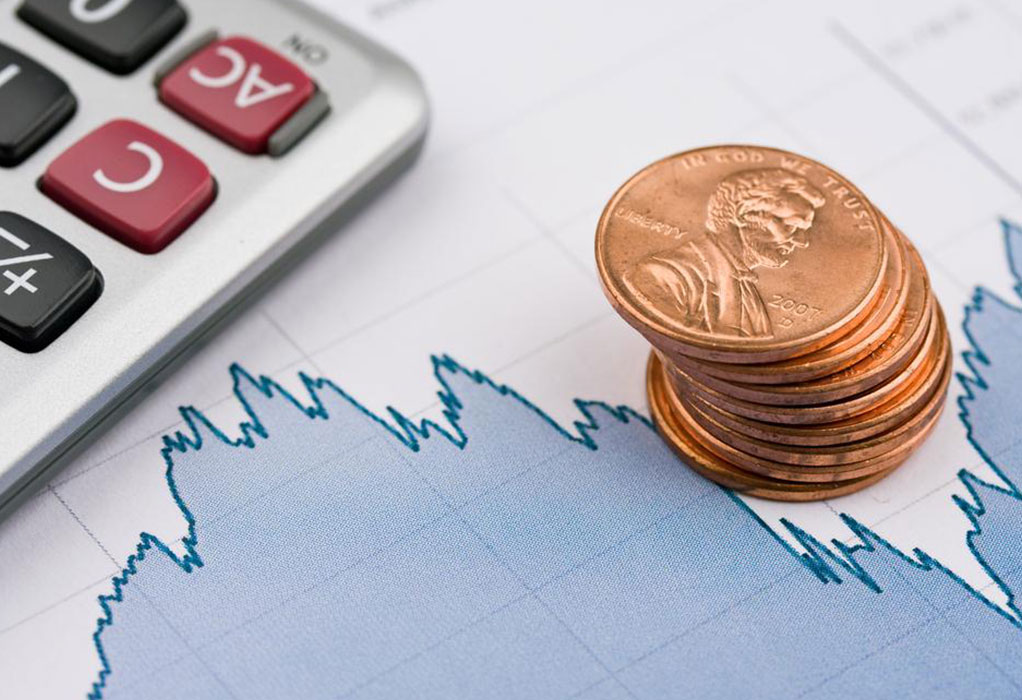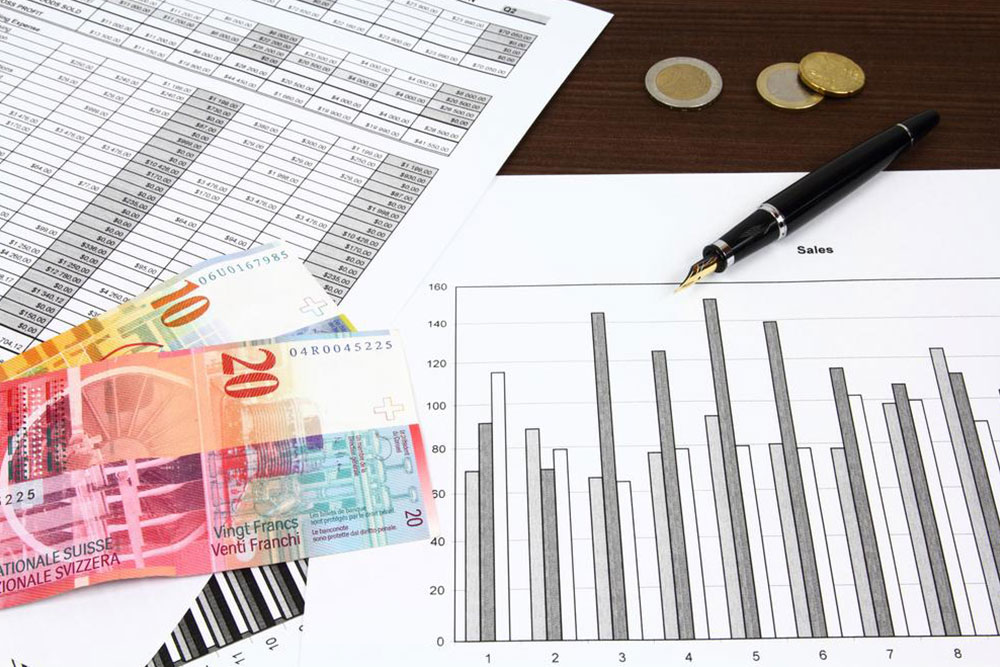Comprehensive Guide to Investing in Gold ETFs: Strategies, Benefits, and Considerations
Discover the ultimate guide to investing in gold ETFs. Learn about their benefits, how to start, and strategic considerations for diversifying your portfolio. This comprehensive article offers valuable insights for both new and experienced investors seeking safe and flexible gold exposure.

In-Depth Strategies and Insights for Investing in Gold ETFs
Gold has long been regarded as a universal symbol of wealth, stability, and security. For centuries, investors have turned to physical gold—be it coins, bars, or jewelry—as a safe haven asset during times of economic uncertainty. However, owning physical gold comes with its own set of challenges, including security risks, high storage costs, and insurance concerns. To address these issues, the financial industry has developed Gold Exchange-Traded Funds (ETFs), which have become increasingly popular among both novice and experienced investors seeking exposure to gold without the complications of physical possession.
Understanding Gold ETFs and Their Growing Popularity
Gold ETFs are investment funds that hold gold or gold-related assets, allowing investors to buy shares that track the price of gold closely. Unlike purchasing physical gold, owning a gold ETF doesn’t give you direct ownership of gold bullion; instead, your investment is represented by shares that can be bought and sold on stock exchanges similar to stocks. When you redeem your ETF shares, you are often paid the equivalent cash value based on the current gold prices, offering liquidity and ease of trading.
Key Advantages of Investing in Gold ETFs
Diversification Enhancement: By integrating gold ETFs into your investment portfolio, you diversify your assets, reducing overall risk. Instead of concentrating your wealth solely in physical gold, gold ETFs provide exposure within a broader asset mix, helping balance volatility in other areas.
Increased Safety and Security: Physical gold ownership entails challenges like safeguarding against theft, loss, and damage. Gold ETFs mitigate these risks by removing the necessity for secure storage; investors are not physically handling gold, which significantly lowers security concerns and reduces ongoing custodial costs.
Market Flexibility and Liquidity: Gold ETFs are traded throughout market hours, allowing investors to react promptly to market movements. This flexibility contrasts with the long-term commitments of physical gold storage and provides the ability to liquidate holdings quickly when needed.
Exposure to Gold Mining Industry: Some gold ETFs are linked to gold mining companies, thus providing an additional layer of investment—gaining insights into the industry’s performance, potential growth, and risks, expanding strategic investment opportunities.
Global Investment Opportunities: Gold ETFs open doors to international markets, enabling investors to tap into various gold-producing regions and diversify geographically, thereby mitigating regional economic risks.
Step-by-Step Process to Start Investing in Gold ETFs
Getting started with gold ETFs is straightforward. First, you need to establish a brokerage account, which acts as a platform for buying and selling ETF shares. Most online brokerages offer easy account setup and require minimal initial deposits. Once your account is active, you can search for specific gold ETFs—there are numerous options, each with different expense ratios and underlying assets. Transactions are conducted during market hours, similar to trading stocks, and involve minimal commissions or fees, making this an accessible investment route for most individuals.
Determining the Appropriate Investment Amount in Gold ETFs
Deciding how much to allocate depends heavily on your financial situation, risk appetite, and investment goals. Financial experts often recommend that gold should constitute approximately 5-15% of your total investment portfolio. This proportion strikes a balance, providing safety and growth potential without exposing your investments to undue risk from market swings in gold prices. Regular review and adjustment of your holdings are advisable as your financial circumstances evolve.
Potential Challenges and Risks Associated with Gold ETFs
While gold ETFs offer numerous advantages, it’s essential to recognize their limitations. Since they are financial instruments rather than physical assets, their value is subject to market fluctuations, and they carry certain tax considerations that vary according to regional regulations. Additionally, ETF prices may sometimes differ slightly from the actual spot price of gold, especially during periods of high volatility or market stress. It’s recommended to conduct thorough research or consult with a financial advisor before investing, to ensure alignment with your long-term financial objectives and risk management strategies.
In conclusion, gold ETFs present a compelling alternative to physical gold investment, combining liquidity, safety, and diversification benefits. Whether you are a seasoned investor seeking to hedge against inflation or a beginner exploring new investment avenues, understanding these products can help you make informed decisions, optimize your portfolio, and protect your wealth amid changing economic landscapes.





